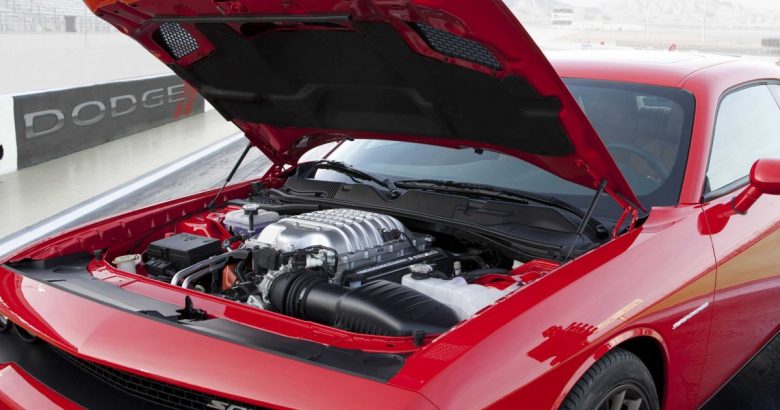
What’s More Important: Torque or Horsepower?
Most performance car enthusiasts are horsepower-centric. In other words, the specification that they focus on is always the amount of horsepower produced by the engine and not much else. After all, more horsepower is better right? “There ain’t no replacement for displacement” is their battle cry. Well, as the service advisors at Len Stoler Lexus of Ownings Mills, a local Lexus dealer in Ownings Mills, MD, reminds us “horsepower is an important spec but it doesn’t tell you the whole story of performance. You really need to know about the torque of the engine, or even better the Torque Curve.” A third performance spec would be the mass or weight of the vehicle, they say. Large vehicles need more horsepower and torque for high performance.
What is horsepower?
OK, here’s the formal definition: “One horsepower is the amount of power it takes to perform 33,000 foot-pounds of work in one minute.” The measurement of horsepower was first developed by an engineer in the 18th century by the name of James Watt. Watt was working on mining equipment and needed a standard measure of power. Since horses were used for most of the lifting and pulling in mines, he based his measurement on what they could do, hence the unit: horsepower. Watt went on to use his brilliant engineering mind to revolutionize the steam power industry. Centuries later, we still use his original measurement to define an engine’s ability to create power.
What is torque?
Torque is a measurement of twisting force. It is stated in pound-feet and represents how much twisting force is at work. If you can imagine a plumber’s pipe wrench attached to a rusty pipe, torque is the force required to twist that pipe. Here’s a simple example: If the wrench gripping the pipe is two feet long, and the plumber pushes with 50 pounds of pressure, he is applying 100 pound-feet of torque (50 pounds x 2 feet) to turn the pipe. Torque is actually a pretty simple concept.
How they interrelate
Internal combustion engines do not have a great deal of horsepower at low speeds. This, of course, is a real problem for race cars that need to jump off the starting line at the beginning of a race. What race cars need at low speeds is plenty of torque. To quote auto enthusiast extraordinaire Jay Leno, “Horsepower sells cars, torque wins races.” However, once you get moving it is important to have plenty of horsepower for fast acceleration. This is why car enthusiasts will tell you that there is a huge difference between bottom-end power and top-end power in an internal combustion engine.
And then there’s weight
We hope that it’s pretty obvious that a given engine will make a lighter car accelerate faster than a heavy one. So, cars with high horsepower can easily be negated by weight. For example, the recently released 707 horsepower Dodge Challenger Hellcat is one fast car but it is inhibited by a great deal of weight (4448 lbs). The time it takes a Challenger Hellcat to go from 0 to 60mph is 4.6 secs. Contrast that to a little Subaru WRX with a 268 horsepower engine. It weighs just 3272 lbs and it can go 0 to 60mph in 4.8 secs, about the same as the Challenger Hellcat. Lighter cars are faster cars.